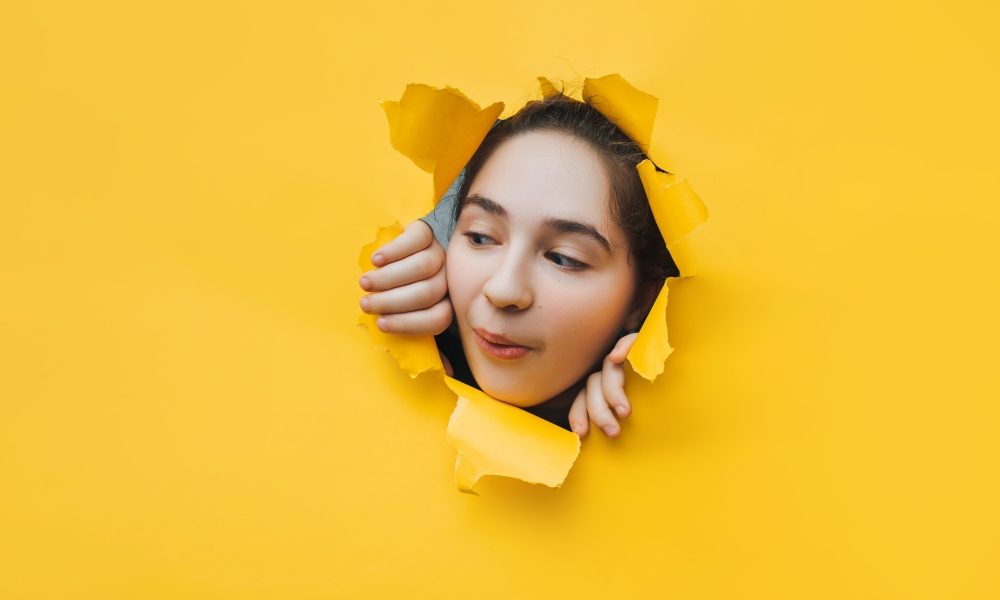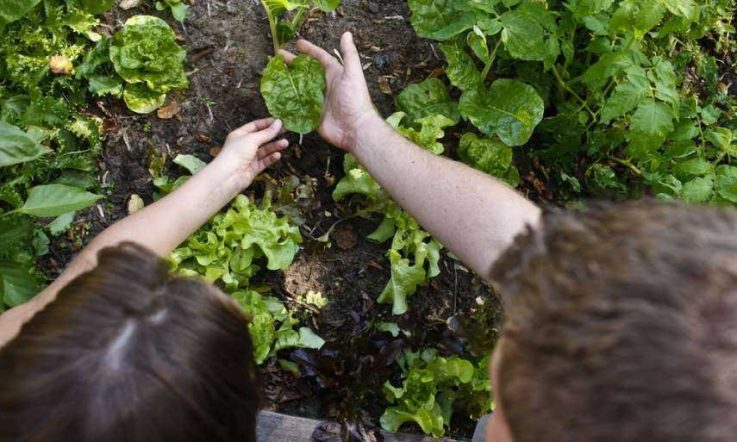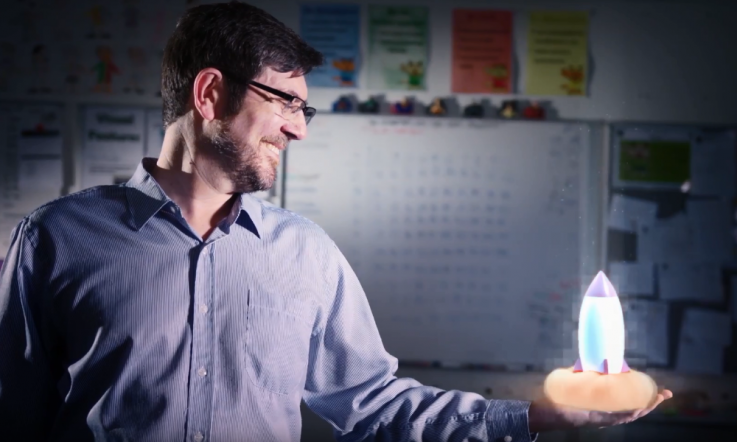In the first of two articles, Michelle Lucas – a Maths and Science teacher at Inaburra School, in New South Wales – shares an approach she's developed to drive student agency and improve learning skills.
As a scientist (and now Science teacher) I have always had curiosity. My first science experiment was before I had even started primary school.
The day my mother uncovered my many jars of mixed potions in a cupboard she didn't say much; after all, she was a Science teacher and understood perfectly.
Scientists are forever asking questions. After one answer is uncovered a plethora of questions come with it. This is the nature of scientific development and how scientists build on each other's work and extend their learning.
Since making the transition from chemical engineering to chemistry teaching in a K-12 school, I have been wondering how to generate this curiosity in students, with the aim to enhance learning, improve engagement and prepare students better for future studies and employment.
There are countless articles about the need to develop ‘lifelong learners' and increase our focus on ‘soft skills' and drive ‘student agency' by ‘empowering students'. However, I struggled to find many concrete examples of what this looks like inside the classroom.
After researching the effect size and research evidence behind various techniques (Hattie, 2009), I have realised the importance of explicitly teaching, modelling, reflecting, and reporting on the attributes of great learning. James Pietsch (2018) suggests that these attributes can be habit-forming and become learning dispositions, character traits and virtues in students.
In secondary Mathematics and Science (Stages 4-6), I decided to focus on five key dispositions I want my students to experience and demonstrate. I explicitly teach, model and appraise students on each so that they can build their capacity as learners. These five dispositions provide students with a TASTE for learning:
Thinking: Students need time within a classroom setting to link concepts together. To start students thinking about new topics I ask them to generate a list of questions – a useful tool is think/puzzle/explore. The concepts that puzzle students or concepts they'd like to explore will help direct the learning. As new concepts are introduced, students evaluate how it fits with their thinking. To help students build the links I provide hexagons with the key terms and the students arrange them and explain their thinking behind every adjoining hexagon. After using this tool, I've found that students are able to write much stronger responses to written questions and demonstrate a deeper understanding of the topic.
Asking: Asking questions allows students to develop deeper learning and often generates even more questions as they uncover new learning. In Science, students are asked a simple question, such as ‘what causes day and night?' and asked to reframe it into a transformative question. Generally, these are ‘what if…' style questions. Students might generate questions such as ‘what if the Earth didn't rotate on its axis?' or ‘what if the Earth spun around faster?' These transformative questions address misconceptions and uncover a deeper understanding, often generating many more questions.
Sharing: We know the power of learning alongside and from others. This includes working collaboratively to solve problems and listening to the viewpoints of others. A strategy I love involves a roundtable discussion where students write a summary of what each person at the table shared before they can write a collaborative summary. This also allows for assessment of how the students have been able to incorporate the views of others. Another strategy is to have students reflect on the group dynamics after a collaborative problem-solving task and whether they could have done things differently to ensure every group member was heard and valued.
Telling: Effective communication in the classroom allows misconceptions to be identified, teacher-student relationships to be enhanced and increased collaboration among students. All teachers no doubt use myriad tools to build the communication skills of their students and develop communication ability in a range of genres. It is sometimes appropriate to provide students the opportunity to choose the appropriate genre and media for a task. The important incorporation of reflective and evaluative processes where students articulate how they were effective in their communication can help students improve this critical learning disposition.
Extending: Great learners are always extending themselves and looking to extend the learning of others. Research indicates that teaching others is a great way to extend our own learning (Koh, Lee, & Lim, 2018). I encourage students to choose the appropriate level of challenge to extend themselves and not be afraid to take measured risk and learn from their mistakes. Learning from mistakes also includes responding to teacher feedback with a plan for better learning. In these approaches, mature students also experience leading learning by conducting additional research and preparing materials to enhance the learning of their group. They seem to enjoy this responsibility and it engages the rest of the group.
Stay tuned: In the next article, Michelle Lucas will be talking about the impact of the TASTE approach in the classroom, and the rollout of the model across the school.
References
Hattie, J. (2009). Visible Learning: A synthesis of over 800 meta-analysis relating to achievement. London: Routledge.
Koh, A. W. L., Lee, S. C., & Lim, S. W. H. (2018). The learning benefits of teaching: A retrieval practice hypothesis. Applied Cognitive Psychology, 32(3), 401-410.
Pietsch, J. (2018) Character Reborn: A Philosophy of Christian Education. Sydney: Acorn Press.
How do you encourage student curiosity in your own classroom? How might this curiosity help drive the direction of teaching and learning?
One of the activities Michelle Lucas incorporates into lessons is roundtable discussions. How often do you give students the opportunity to listen to the viewpoints of others?



